Today is Part Two of The Glam Pad’s week-long series on Hunt Slonem, the celebrated artist best known for his Neo-Expressionist paintings of butterflies, bunnies, and tropical birds. Slonem’s works are included in many important museum collections all over the world, and he exhibits regularly at both public and private venues. Slonem has received numerous honors and awards, and he is one of the most renowned artists of our time.
My original plan was to do an Easter feature on Slonem’s illustrious bunnies and his delightful new Hop Up Shop collaboration with Bergdorf Goodman, but I quickly fell down the rabbit hole researching this legendary master of the art world, and I decided a series would be the perfect way to explore the many facets of this most intriguing gentleman. On Monday, we highlighted Slonem’s incredible career, and Friday we will conclude with an in-depth feature of his collection of old homes. And now, I am honored to welcome Hunt Slonem to The Glam Pad for an exclusive interview!
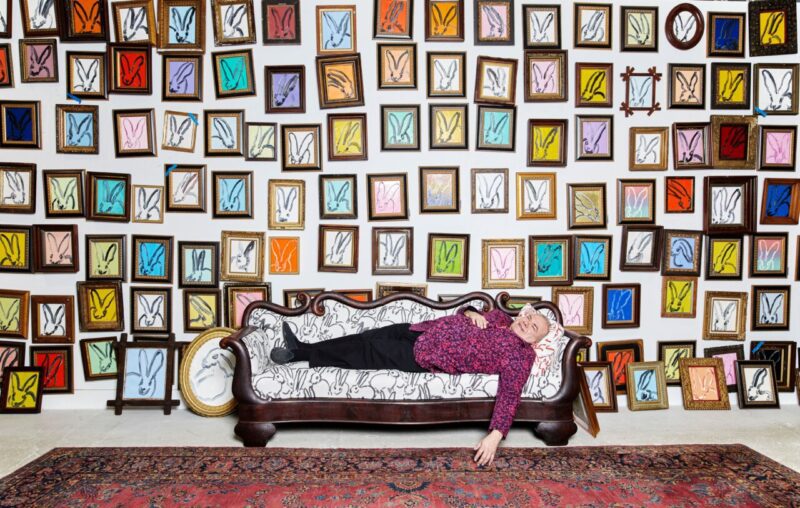
Q: When did you first recognize your passion for art, and how old were you when you sold your first painting?
A: My passion for painting started around 6 years old and the very first piece I sold was a sculpture for a nickel. I think it was a made out of Play Doh.
Q: How did Andy Warhol influence your career?
A: I used to see him a lot, my cousin [best-selling author Tama Janowitz] was very close to him. My brother worked for Interview magazine [a publication founded in 1969 by Warhol] and he was even mentioned in Warhol’s Diaries. My cousin wrote the book Slaves of New York, and Warhol was going to make it into a movie. He died right before Merchant Ivory produced it, and there were a lot of my paintings included. I used to go to Studio 54 all the time… I went to dinners and night clubs with Andy and people periodically not in a big big way, but I was very enthralled with his world and have known most of the people that he knew. Paige Powell just did a big book on his world for Gucci and there is a picture of my brother and me in it. I loved his work, it was very influential. I helped make diamond dust paintings with his printer early on, and I have been using diamond dust tremendously in the last few years. There have just been so many things that have affected me over the years. The repetition – I of course use nature as my jumping off point rather than a soup can or a stamp – but there are a lot of comparative notes. I was very close to Sylvia Miles and Mamie Van Doran who were considered his bookends. They both died this year. We were close for over 40 years and used to spend holidays together.
So just the whole thing with the magazine and his awareness of and pulse on so much of what was happening. I remember how he wanted everyone to be famous for 15 minutes. He just had a way of promoting things and people that was amazing. There’s not much of that left to my way of thinking anymore. It was such a mixing pot of people in those days, everybody sort of went to the same places, and there was a melting pot of all the arts, kind of meeting under this one nightclub world thing that went on. And there was the influence of fashion and color and form – it was quite a thing.
My brother was very swept up in that world. He interviewed celebrities for a living, and we met a lot of great people. It was just a really out there period of time. I don’t know if it’s Covid or what, but I feel like New York has changed a lot. But I’m working hard here in the middle of all this, and I find that New York still has a tremendous energy and intensity that’s a great place to do your work.
Alex Katz was a big mentor of mine and a friend. He was more of a painter’s painter. He is still living at 90. Warhol died very young. There is so much myth around him and that period of time. There is hardly anybody whose life he didn’t touch. It was a very glamorous time. I guess that’s the word that I’m not feeling anymore here – a sense of glamor that was so fresh and exciting in those days to me. There’s not a day that goes by that I don’t think about some aspect of his work.
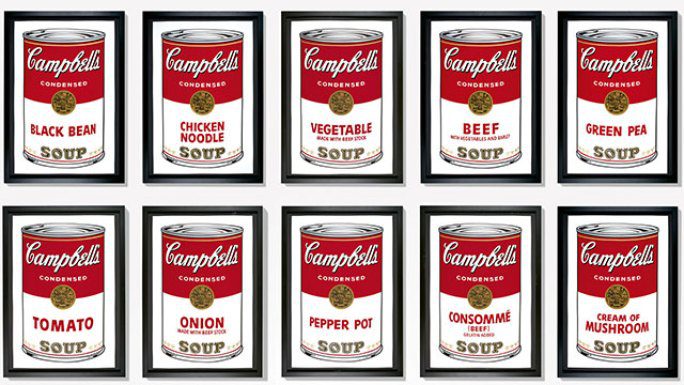
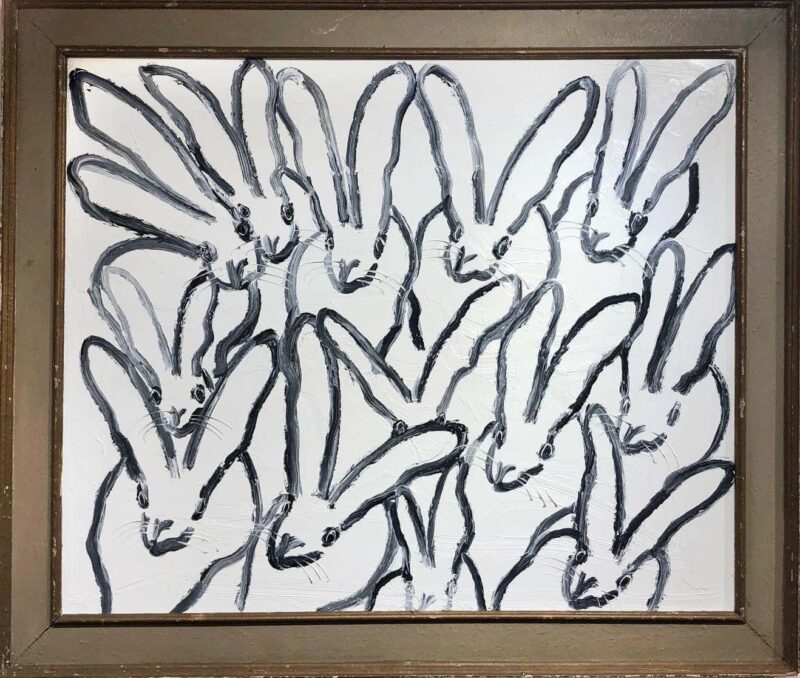
Q: The diamond dust you have begun to incorporate into your work fascinates me. What inspired you to try this, and can you tell us about the process?
A: I once helped diamond dust a print with Warhol print maker, Rupert Smith. Later I was given diamond dust by my dealer, Ted Vassilev who had given it to me, Damien Hirst, and Mark Quinn, and suggested we should use it in our art. At first it was hard to figure how to use it. Finally we arrived at a great solution where it is incorporated into a resin and I paint on top of it. It’s changed the way I’ve applied paint onto the surface. It adds a dimension to viewing the art, it glistens when the light hits it.
(Click here to watch a video of Hunt applying diamond dust!)
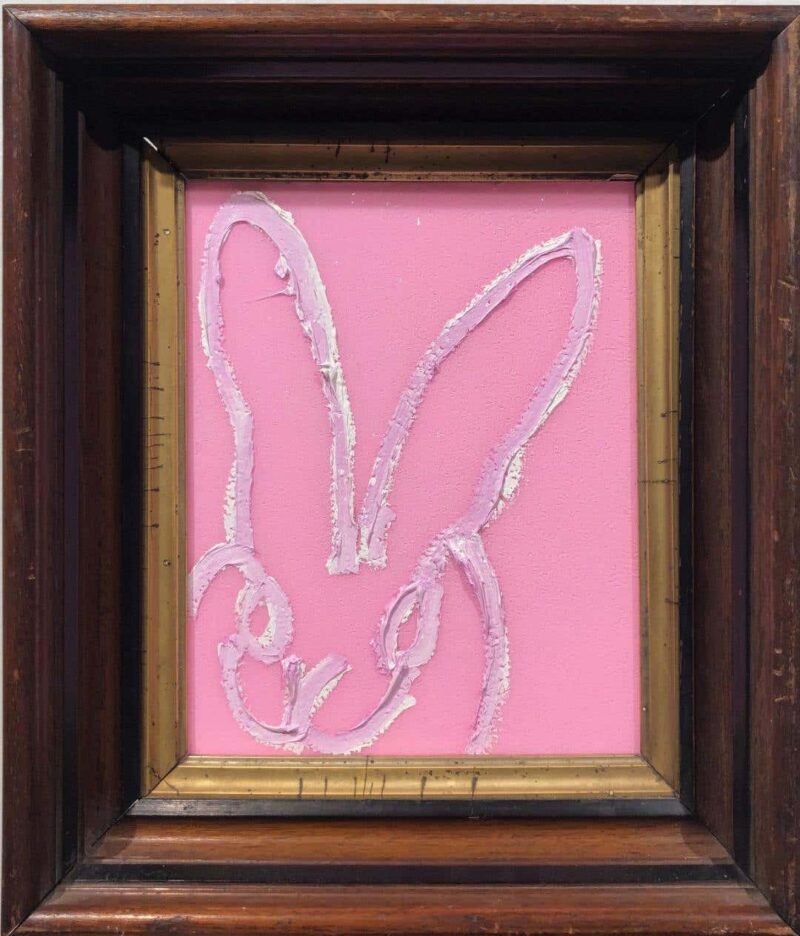
Q: Can you tell us about the collection of old homes and buildings you have restored? How did your love of history develop?
A: My grandfather had a big house in Tennessee, which was torn down six months before I was born and I always fantasize about it. I bought my first house right before 9/11, and it led to my love for old homes that needed tender loving care. I have wound up with seven of them at this point, loving every one of them. Filling them with antiques and my work thrills me. Picasso’s collection of chateaus mesmerized me as a child… seeing him fill up these chateaus and then locking the door and getting another one.
Q: Will you be purchasing any more soon?
A: I am under contract on a castle in Massachusetts by Stanford White… 68,000 square feet on 70 acres. I have usually seven houses at once.
Q: Have you ever sold any of them?
A: One. I sold the Cordts mansion recently. I’m trying to tighten it up a little bit.
Q: Well you will have your hands full with the 68,000 square foot castle in Masachusetts!
A: Oh yes. Well my Armory is 150,000 square feet. So space doesn’t intimidate me.
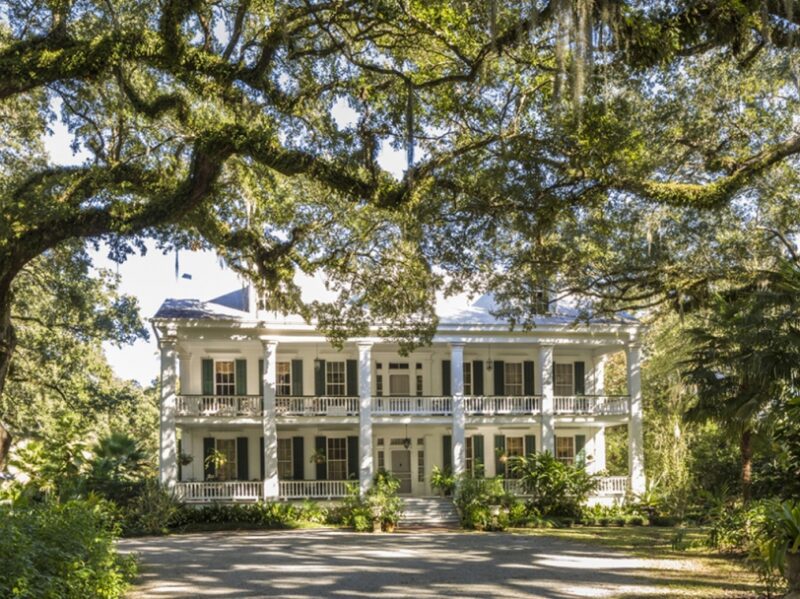

Q: How do you integrate your art into your homes and interior design?
A: I mix my art with other artist works throughout my homes. I love saving what I do for the future. At the Armory, I was able to unroll 30 years of paintings that had been hidden because I didn’t have enough room for them prior to having such large spaces. I was able to restore and re-stretch earlier works of mine that didn’t see the light of day for 30 years.
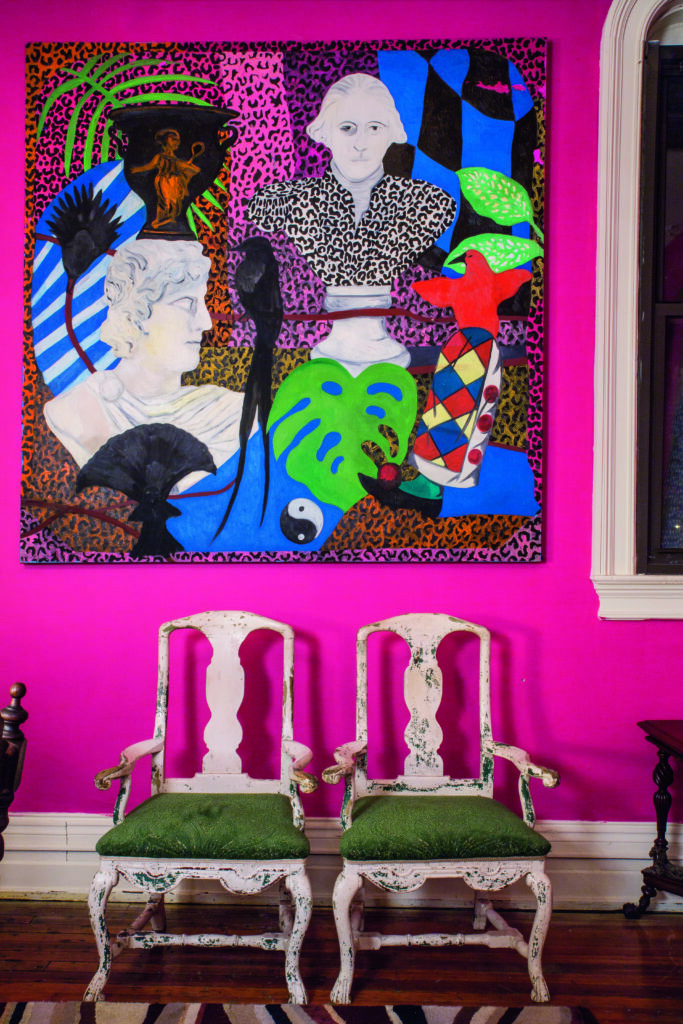
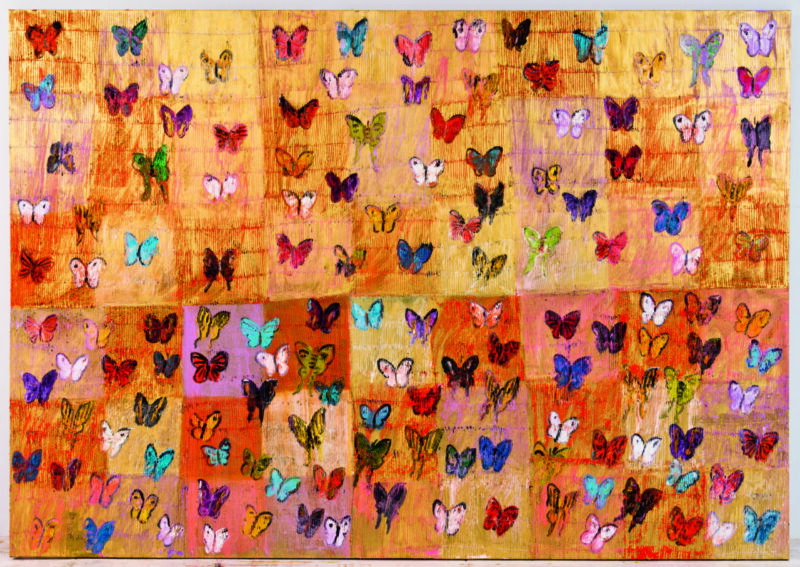
Q: What is your favorite subject to paint? When did you start painting bunnies, and when did they really start to take off?
A: Whatever I’m working on at that moment but mostly nature. In the 70s I started painting bunnies at the bottom of my Saint paintings and eventually they evolved into the 10 x 8 bunnies you see today. I would say they really started to take off in the mid 2000s, especially in the last six-eight years. The bunnies are taking me places I could never have been otherwise. They all have huge personalities, and they are all different. So they have a mission.
Q: Are there any particular bunnies that have inspired you over the years?
A: Well you start with Durer – that’s probably the most famous rabbit image of all time and was shown to us endlessly in art school and art history. I’m very interested in Through the Looking Glass, Alice in Wonderland and the Mad Hatter. There’s Harvey and the Pooka. Bugs Bunny would be my least favorite adaptation.
Alice in Wonderland is a magical and mystical journey where nothing is as it seems. It is a world of nature where fairies exist – which they do, these are all real things that are not talked about, not observed much. It is a world where these great states of mind and nature exist, full of wonderful images like the Cheshire Cat and the Dodos. It is “through the veil” which is a title I use for my paintings, it is not of this limited reality that we have. It is very magical and funny… I love the Mad Hatter tea parties. And you know they were all based on real things. Hatters were mad because of the chemicals they used. There is reality to it all.
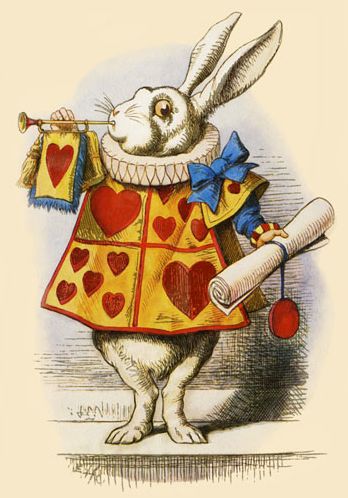
Q: And I understand you have a collection of top hats, was that inspired by the Mad Hatter?
A: Well who knows, probably! I just noticed that they were for sale in flea markets and shops, and I had these closets in my southern homes, so I started filling them up with top hats. They are very fun to be around and play with. When you go to Ascot you see what the world once looked like, and it was pretty terrific.
I used to wear a lot of fun jackets and things, but the opportunity to do that is so limited at the moment… so we have to dwell on this unseen world of “through the looking glass.” I like the idea of time travel. In my homes I use all these antiques, and I save them for the next centuries. And I appropriate my fabrics and bright colors to make them relevant today. So that has been a fun thing to recreate other worlds, piecing them together like a mosaic of shards of color and form that I find.
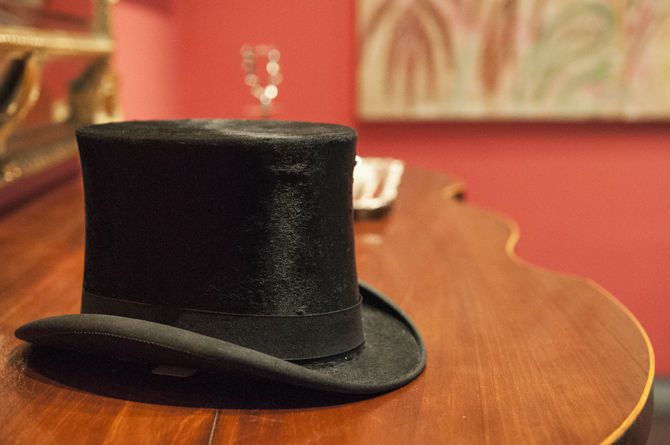
Q: I love that you often salvage antique frames for your paintings. What inspired you to do this, and how does it add to the intrigue of your art?
A: I’ve always loved old frames since I was a child. I was asked to frame a show that I was having at Virginia Common Wealth University years ago, and they wanted me to frame it and I couldn’t afford contemporary frames at the time. I discovered at a flea market that there were lots of frames that fit my paintings; particularly 10 x 8 and they seem appropriate to the pieces. It led to incredible passion of collecting frames and trading with frame dealers. Its an on going passion of mine – it reminds me of the gilded cage, it gives an ageless quality of what I’m doing. It’s not completely of this world and time but it’s a reference to the interiors I admire the most. Collecting the frames is a huge part of my art making.
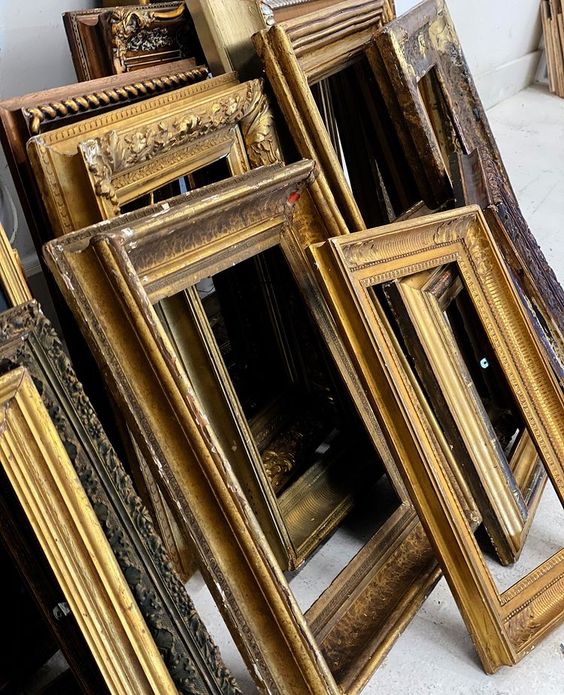
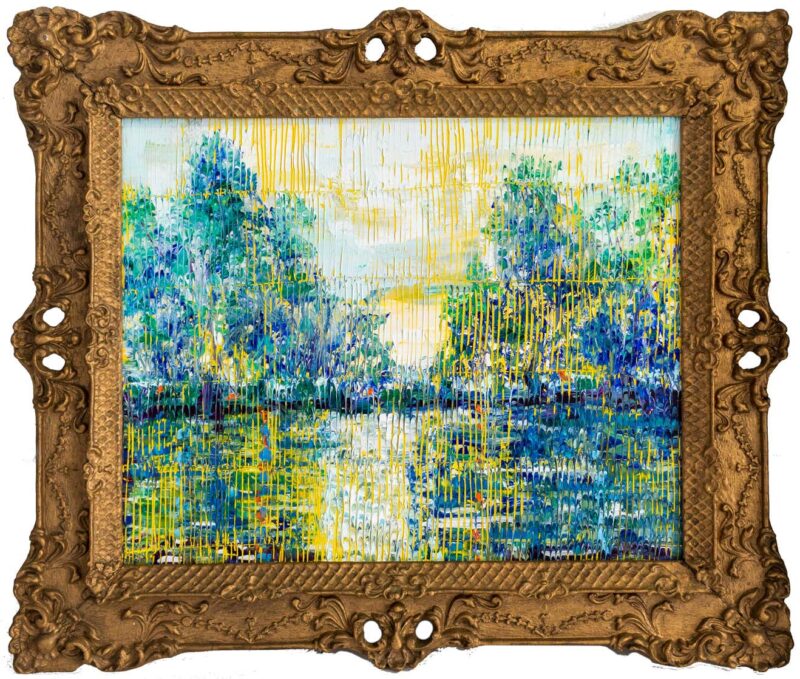
Q: Your antique frames are so symbolic of your passion for incorporating the new with the old. I just love that!
A: I have a real passion, I have always had it. You know in the 19th century, you could identify an artist by the frame – they all used particular frame styles – Sargent loved the persimmon pattern, Whistler had his own frames – They all had their own. It was very obvious whose paintings were what; we don’t have that now. Frames were kind of thrown away in the 1960s as an anti-modernist thing. That’s another thing that I have done, that was inspired by Warhol, where he did shows called “Raid the Refrigerator” where he would borrow from the collection of museums and use other things too, and I have done that many many times. I am always so horrified by the treasures in museum basements and shelves that never see the light of day. I dig them out.
Q: Do you have an example of something you have done recently?
A: I just did a show called Huntopia at the Taubman Museum of Art in Roanoke, Virginia. I’ve done quite a few. I did a show at the Ogdon in New Orleans years ago with all the furniture, art, and photographs – a complete installation. There was also the Colby Museum in Maine, the Hilliard Museum in Lafayette, Louisiana, K Contemporary in Denver, one in Kazakhstan, and the Rothco museum in Latvia. I have quite a few projects ready to go, but Covid has kind of stopped them.
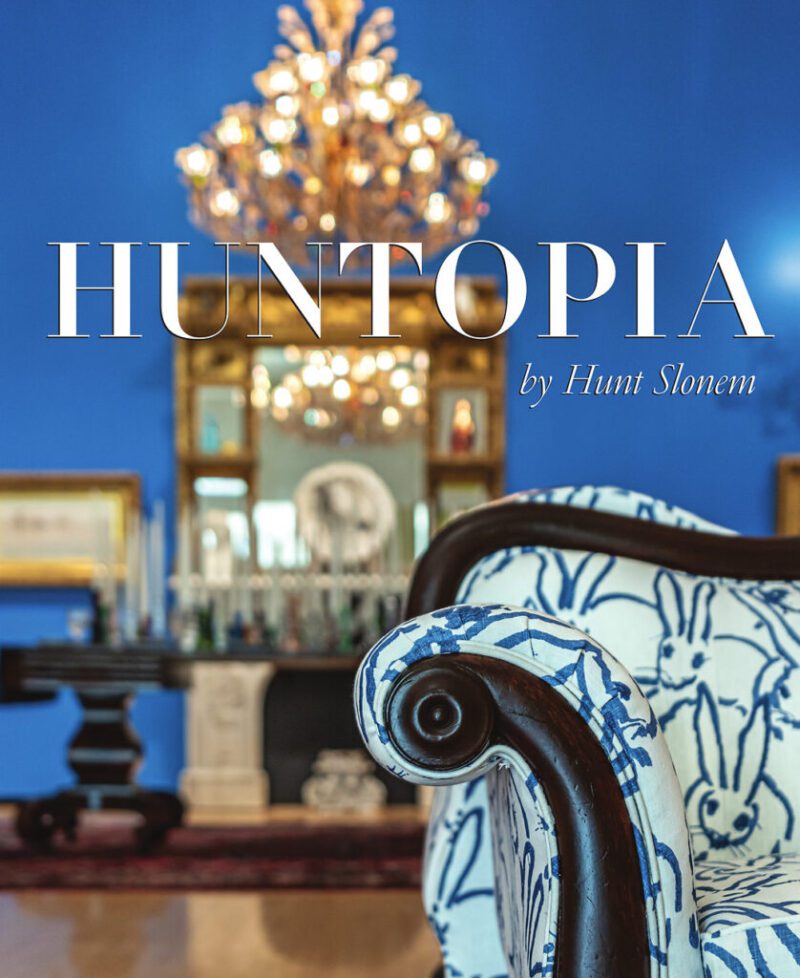
Q: When did you decide to begin sculpture, and what inspires you?
A: I’ve been doing sculptures for 40 years, a lot of monumental sculptures in the state of Louisiana where I have homes. I recently did one for a butterfly park that was 22 feet. I’m now working with Idlewood Union who approached me with something I’ve always wanted to do – I’m working with glass and bronze, which are fresh mediums for me. It’s been an expansive and creative experience that I have never had the opportunity to work with before. It’s very exciting for me!
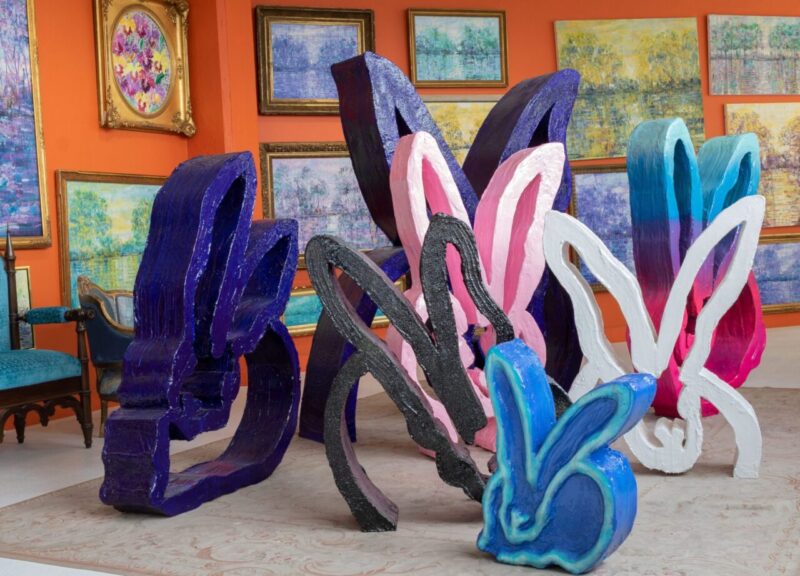
Q: Can you tell us about your current collaborations and Hop Up Shop? Are there any new partnerships in the works?
A: There were socks that I saw at 4 o’clock in the morning, when I first moved to New York, that had Edward Hopper’s “Nighthawks” on them, and I just thought that was terrific. Everybody has always put art on t-shirts and whatever. There’s been a real run of fashion and art collaboration, Keith Haring had the Pop Shop.
It was not considered something you should do when I first came here, but now a lot of galleries have products and things that their artists have done. And usually for people, this happens to them after they die. So I’d rather have my 2 cents put in while I’m alive and make a total environment out of it.
Penelope Kernen, one of my gallerists, asked if I was interested in creating a stand-alone collection and I loved the idea of going in a new creative direction. This collection is a reflection of my world, but it’s something I’ve always wanted to do. I’m thrilled with the vibrancy and I love mixing time periods, styles and colors. I like to think of it as time traveling. I’m happy to share my world in this way because it’s more accessible.
The Hunt Slonem Collection is sold through the Hopup.Shop, and at Bergdorf Goodman. Follow along on Instagram @HuntShopUp #HuntSlonemHopUp.
Shop the Hop Up Shop
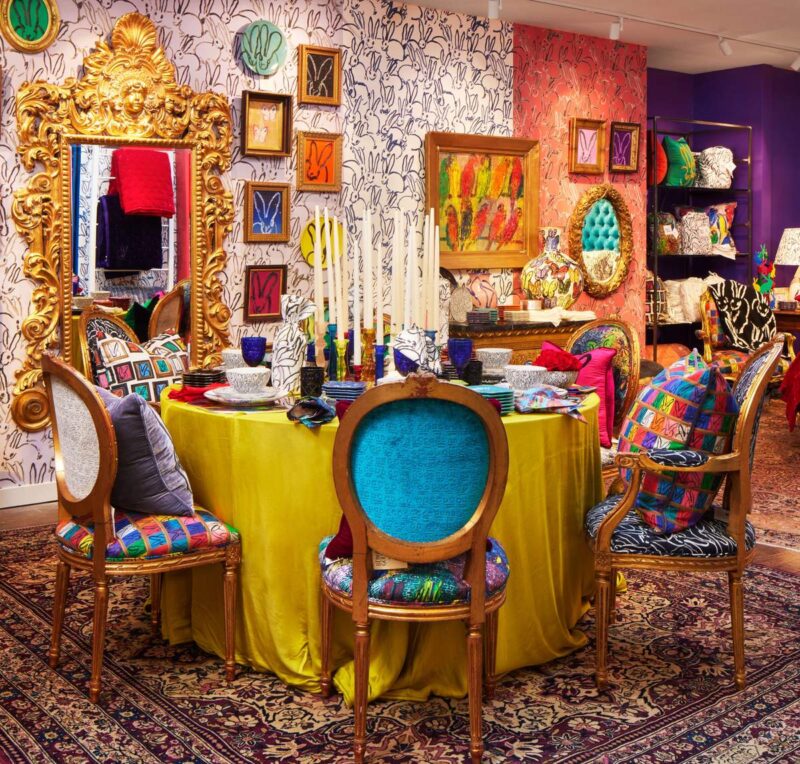
Thank you, Mr. Slonem, for joining us today and for allowing us to travel into your enchanted and magical world! To read Part 1 of this series, please click here, and stay tuned for a feature on Slonem’s collection of historic homes on Friday! For more information, please visit huntslonem.com.
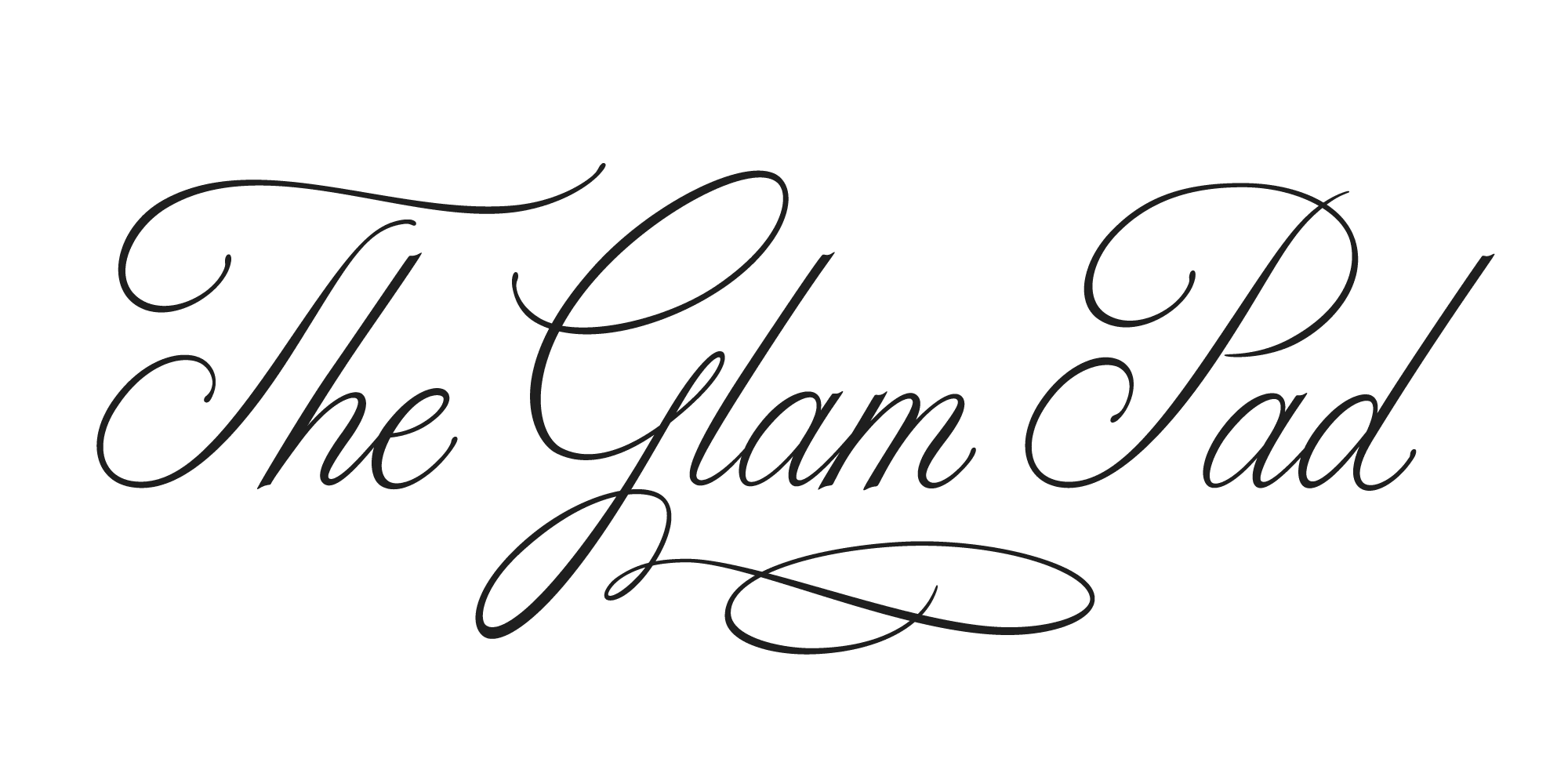



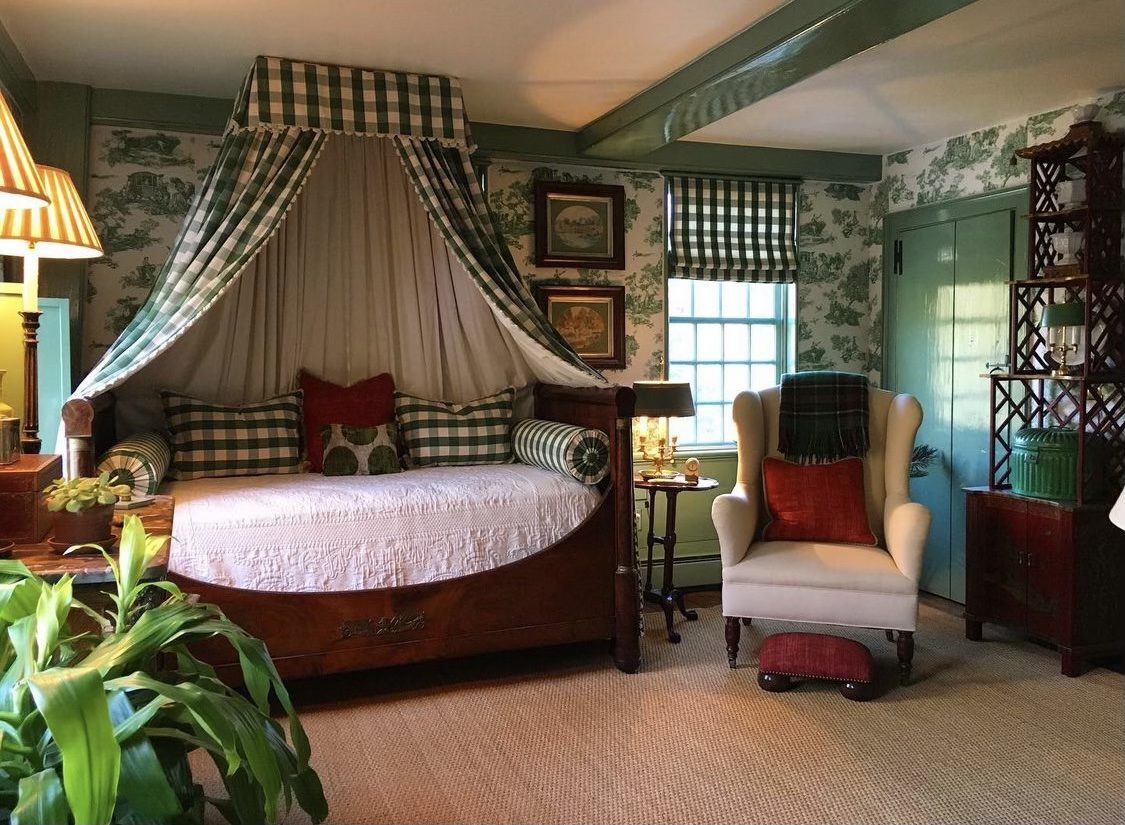


What an absolutely fascinating artist! I loved reading this Andrea. Such a fresh way of looking at things. Magical. Thank you!
Thank you for this amazing interview with Mr. Slonem! I wish I could be his friend. What a fantastical journey that would be.
I also love old frames, and will incorporate my more modern art paintings into those frames.
How fun…and beautifully presented. Will look forward to Mr. Slonem’s new adventures!